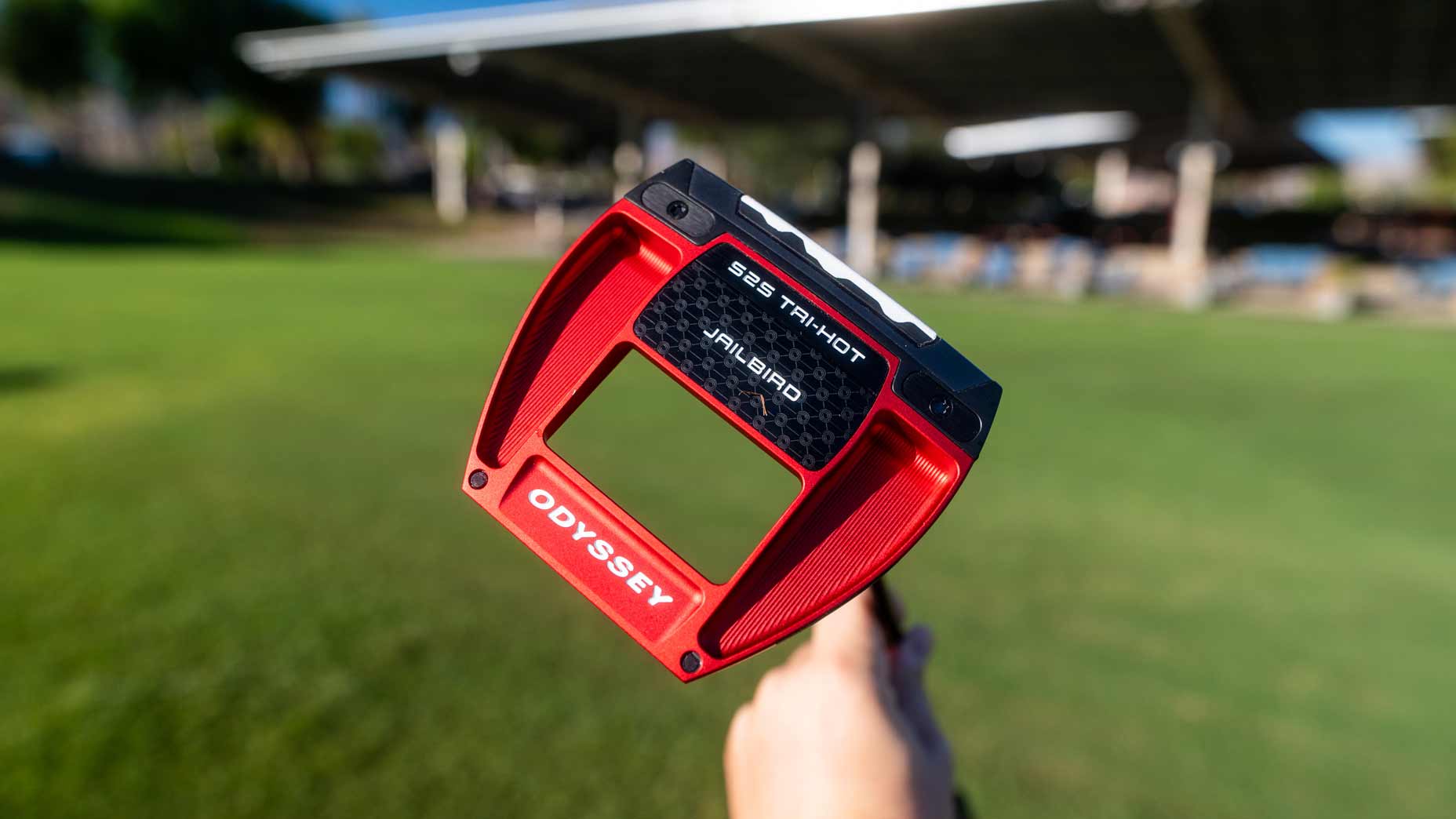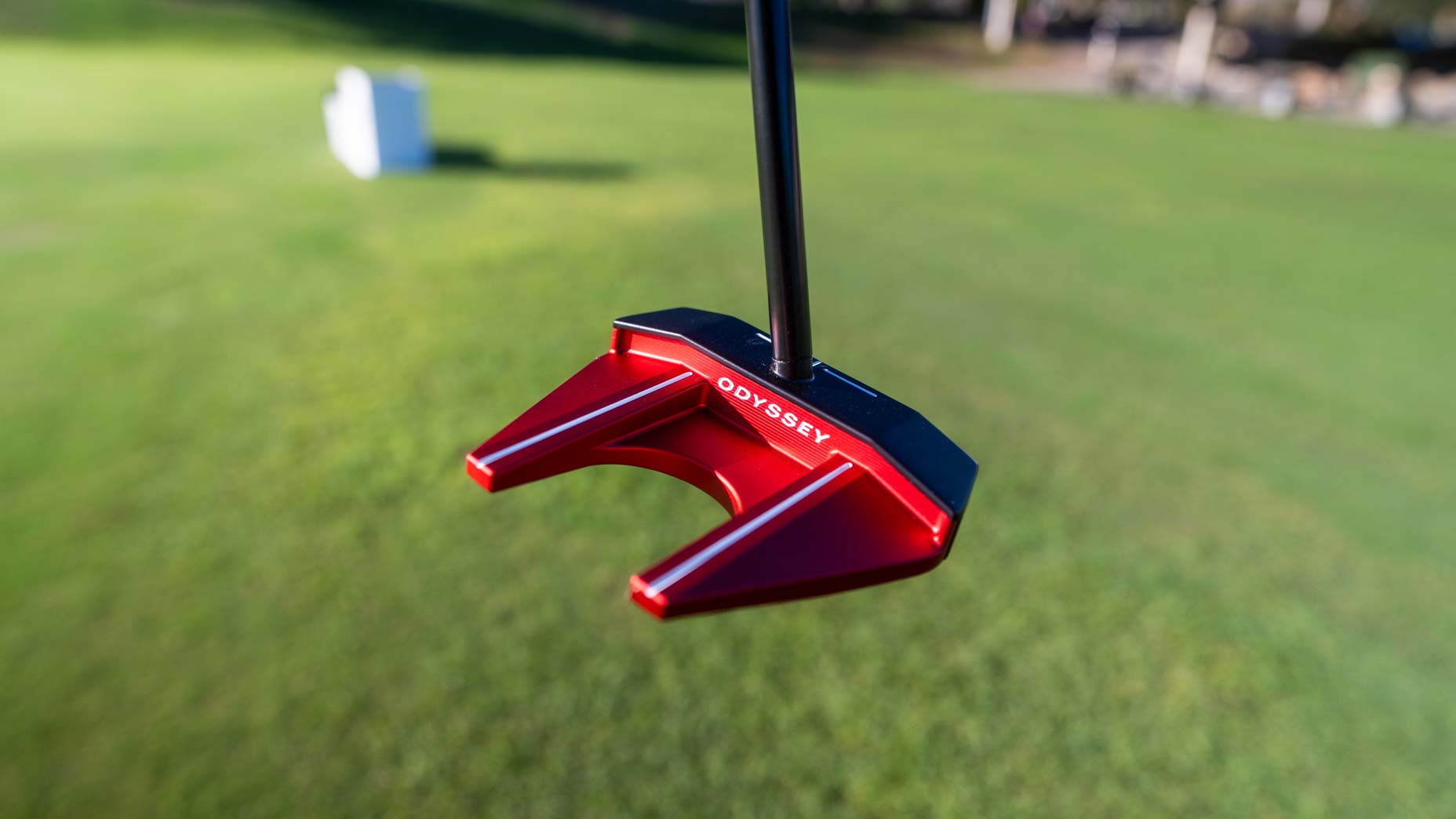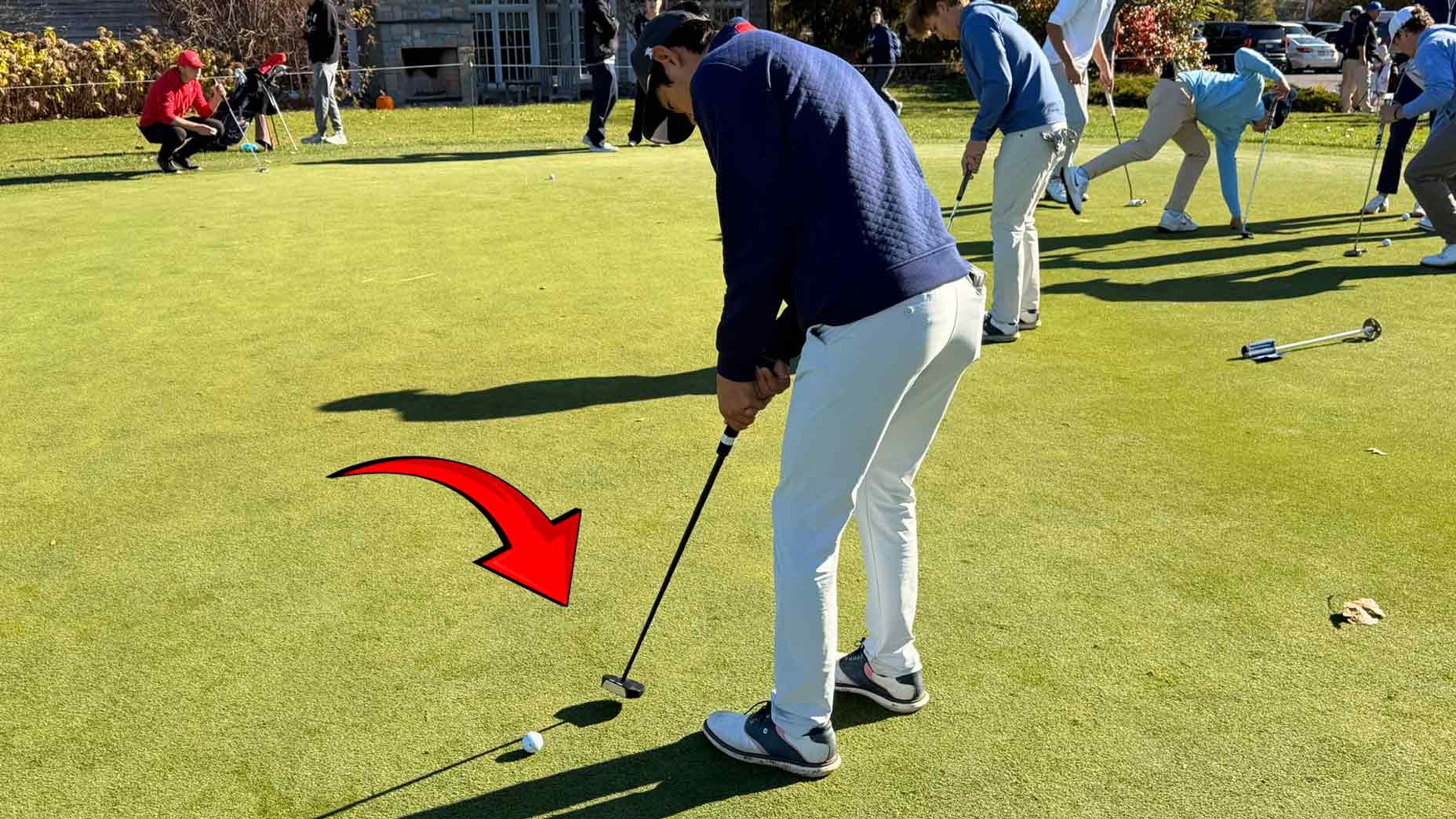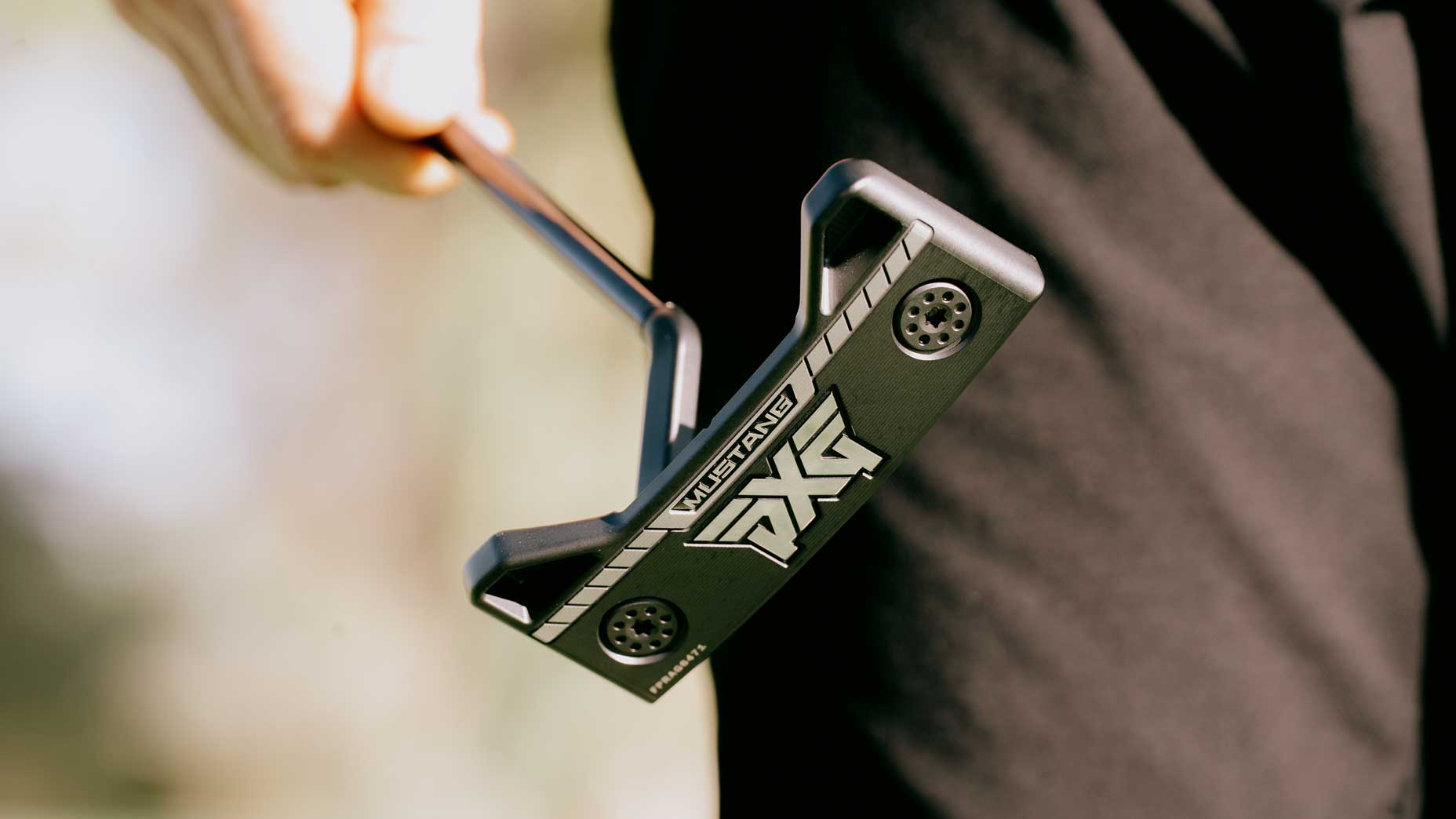The PGA Tour season is coming to a close, which means it’s time to tie a bow on the most impactful equipment trends from the past year. During the FedEx St. Jude Championship, I asked numerous Tour reps to discuss the gear that worked — and what didn’t — with their respective staffs.
Based on their responses, these were the six trends that had some crossover.
Going the opposite direction

Remember all of the players who tried out 47- and 48-inch drivers when Bryson DeChambeau hinted at the possibility of putting one in play? A lot has changed since 2019. Phil Mickelson went on to win the 2021 PGA Championship with a 47.9-inch Callaway driver, but for the most part, pros have gone the opposite direction since the USGA installed a 46-inch maximum length limit.
“A year-and-a-half ago, everyone was trying longer drivers,” said Titleist Tour rep J.J. Van Wezenbeeck. “That trend has stopped. Players have since gone back to prioritizing total performance. Before they put the 46-inch limit in, there was more interest in trying to see if 47 or 48 inches could help guys gain an edge. Our average length build has gone down on Tour. For example, we’ve had guys like Cam Smith go down to 44.5 inches at the U.S. Open to manage some control and have the ability to hit more shots with it. It felt like guys were weighting performance over a pure distance race this season.”
More of a good thing

Another recent Tour trend that’s started to go in the opposite direction is the proliferation of low spin shafts on the PGA Tour. Along with prioritizing control over pure distance with the help of a shorter driver shaft, other reps have seen pros eschew stiffer shaft profiles for something with a bit more give. The end result is slightly more spin to achieve control.
“We’re seeing less low spin golf shafts,” said UST Tour rep Scott Wilkerson. “The ball and head have gotten so low spin on Tour, guys have started to look for ways to add spin back to retain some control. We’ve actually used more of our Lin-Q Blue shaft, which is a mid-spin profile, this season. That shaft is softer in the handle and mid but still tip-stiff. It tells me the guys are looking for something that spins more and feels good as well because the Blue definitely doesn’t have that boardy feel many of the low spin products typically had.”
What’s interesting about the trend towards more spin is that it extends from graphite into steel. True Temper’s Dynamic Gold Tour Issue Mid product, which was released this season at Torrey Pines, found its way into Tiger Woods’ long irons during the PGA Championship.
“The reason why our Mid has succeeded is that we’re able to take a product at the heavy Tour weight of steel and give it a higher peak height — without going lighter,” said True Temper Tour rep Paul Loegering. “It creates a different height but guys are still getting the land angle they need. As someone who did plenty of driver fittings before I joined True Temper, it was always about optimizing the driver to the golf ball. Now I’m seeing the same thing with irons. With an iron fitting, it’s how am I going to be able to optimize the golf ball they’re using so that they don’t sacrifice anything off the metalwoods. It didn’t use to be that way.”
Pleasant surprise
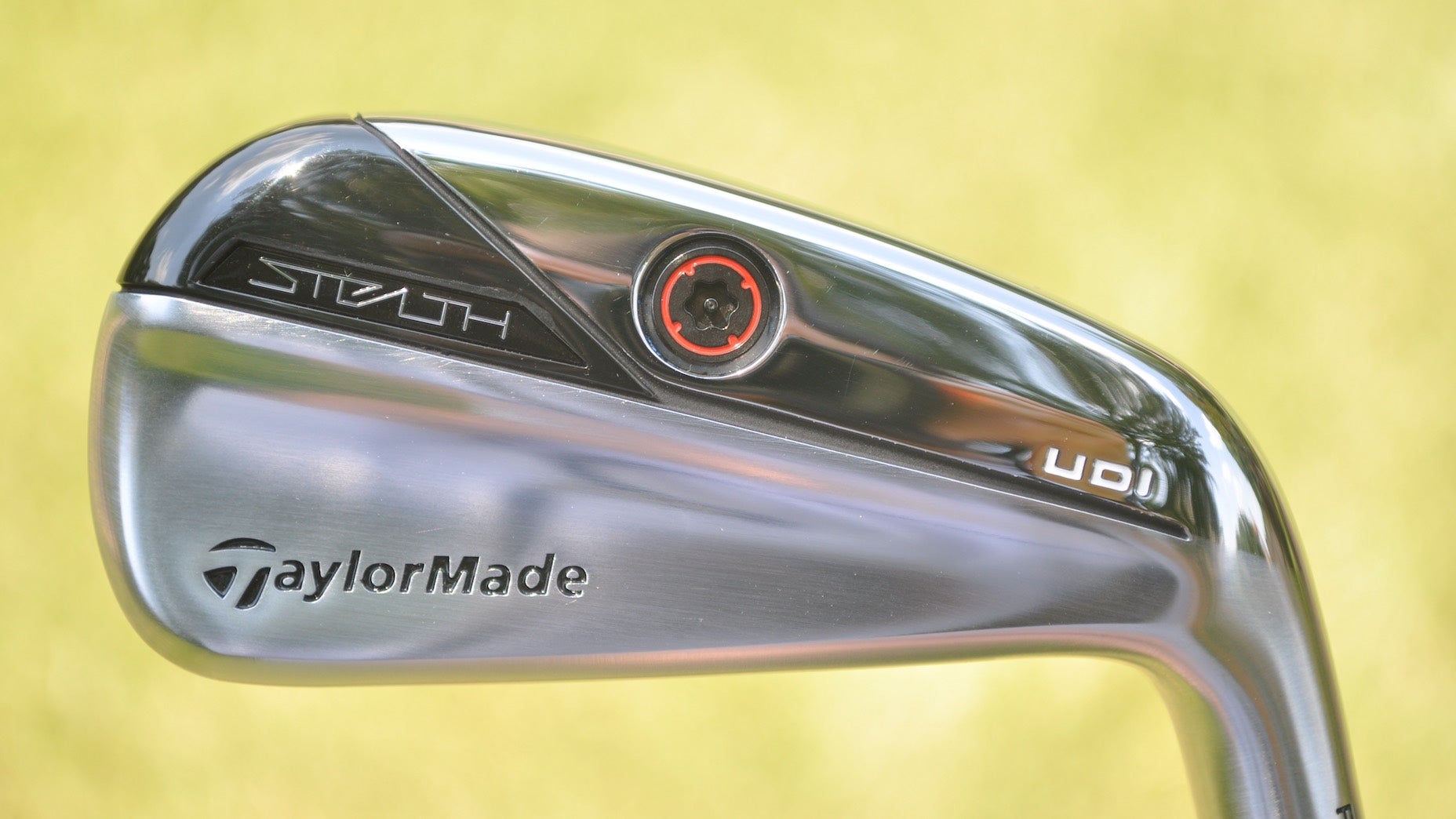
Not every product is going to be a smashing success. As TaylorMade found out in recent years, its UDI utility iron needed some tweaks to make it a bag staple. The latest Stealth UDI has been that — and then some. Since it debuted around the Open Championship, a large majority of TaylorMade staffers have embraced the compact profile and improved mishit protection.
The UDI is designed to look like a traditional long iron from the address position with a square topline and leading edge that makes it easy to aim and blend into any set. A rear position weight centers and raises mass for low launch performance.
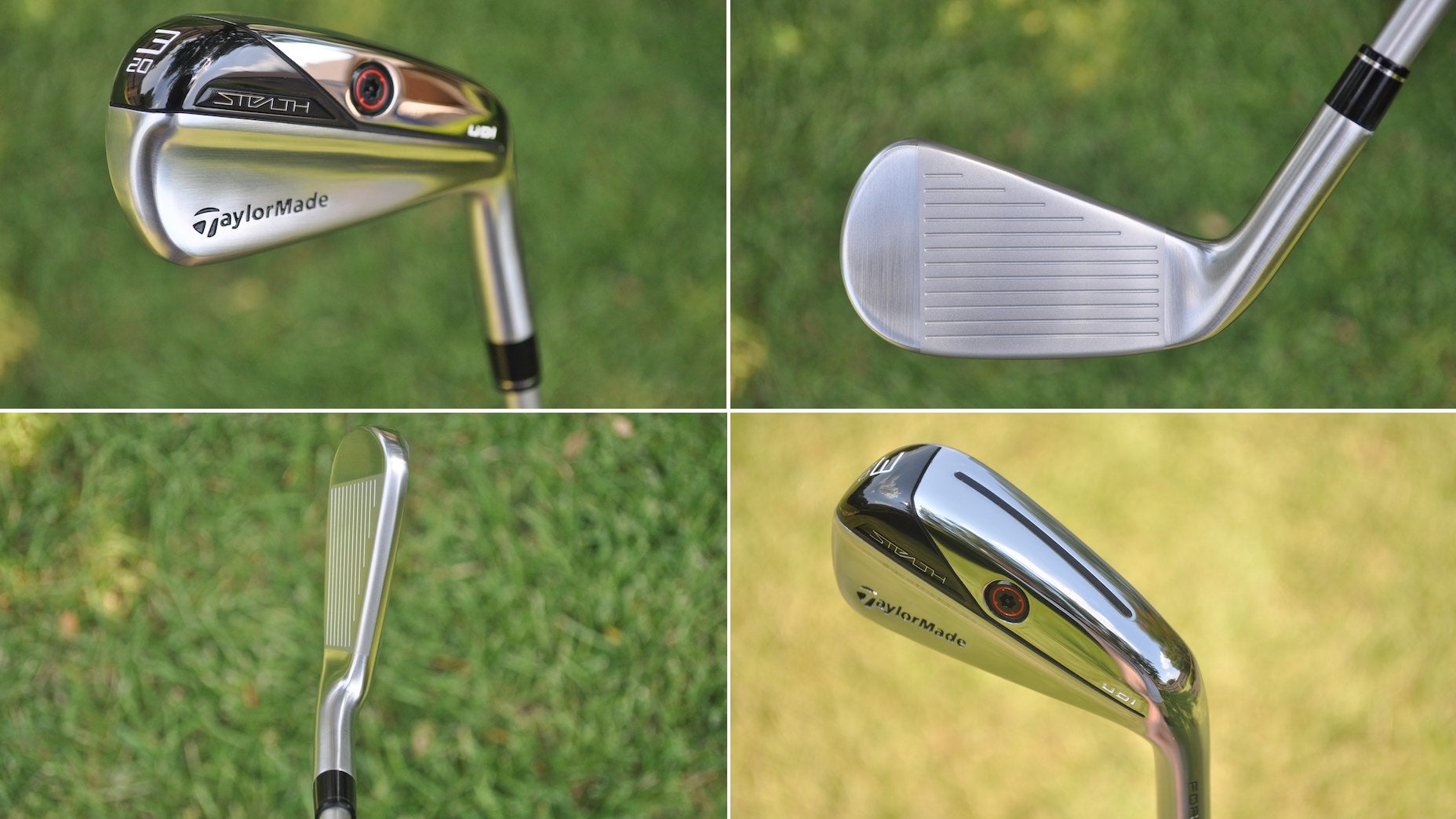
TaylorMade Stealth UDI
“The one product that worked well for us that we’ve struggled with in recent years is the Stealth UDI,” said TaylorMade Tour rep Keith Sbarbaro. “We’ve struggled to get past UDI’s in players’ bags. With that club, the misses may have been more than they wanted in previous years. The Stealth UDI was a home run and guys told us that from the start — they said it was the best UDI we’d made in years. We needed a strong utility iron. In the 2- and 3-iron, the Stealth UDI was really easy to control. It definitely plays like it has a touch more spin. When a guy didn’t hit it perfect, it just hung in there better. Obviously, with the low-spin stuff, it can have a violent flight, but we didn’t see any of that with this one. It’s still spinning 3,600 to 3,700 [RPMs] on the 2-iron. That would be the club that’s surprised me the most this season — in a good way.”
Uncharted territory
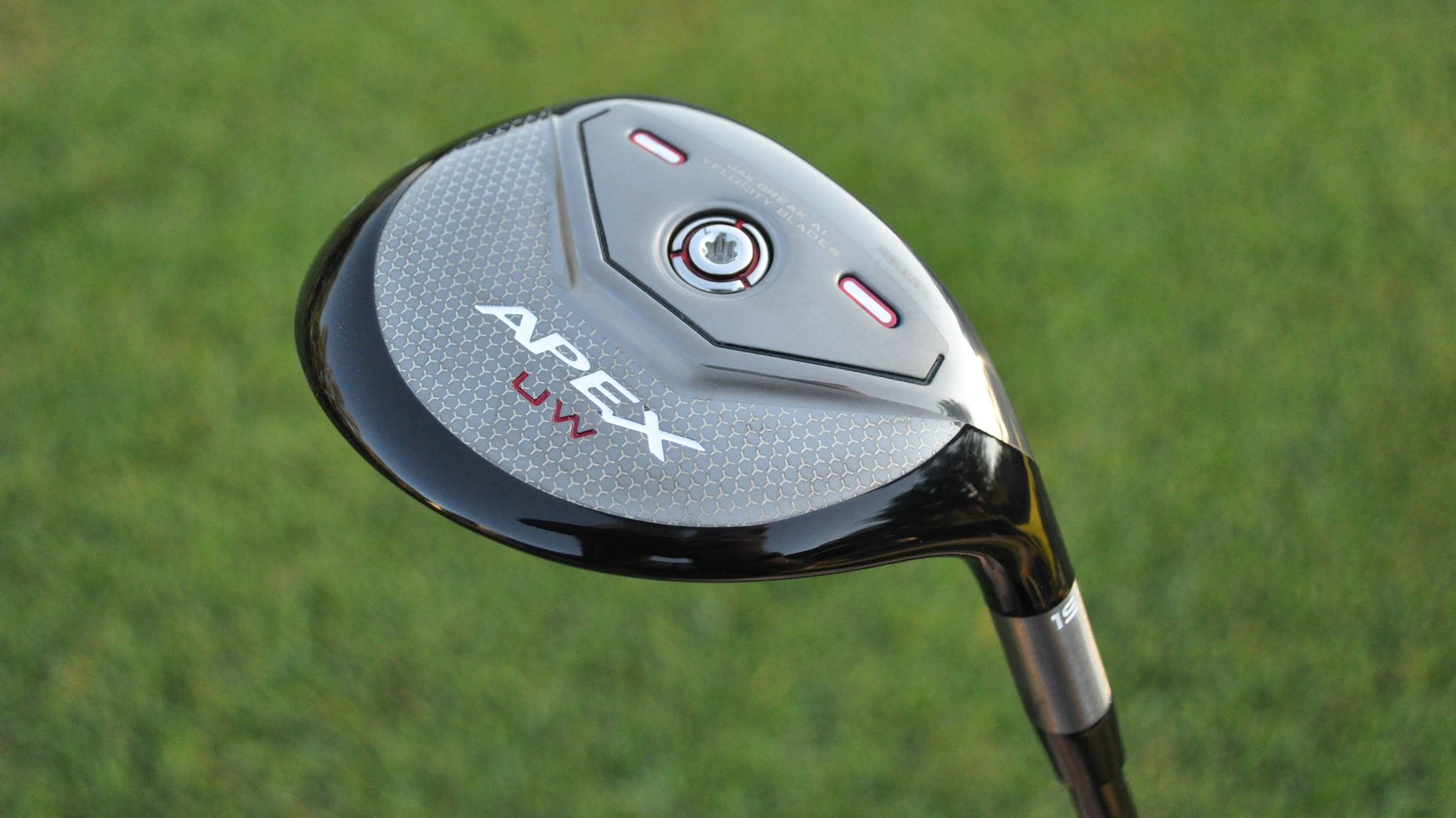
Callaway PGA Tour manager Jacob Davidson started to notice a trend in the professional ranks: fewer players were asking for hybrids than in years past. “It seems like hybrid is a dying category on the new PGA Tour,” he said.
Hoping to capitalize on a lack of interest around hybrids, Callaway released the Apex UW — a secondary option off the tee that doesn’t require pros to sacrifice playability from the fairway and rough. While the head is larger than most hybrids, the shaft is 1.5 inches shorter than a standard fairway wood with the same loft. The end result is a “utility wood” that’s easy to hit and control at the same time.
Since the club was released, Callaway has seen an uptick in Apex UW usage not only amongst staffers but non-staffers as well.
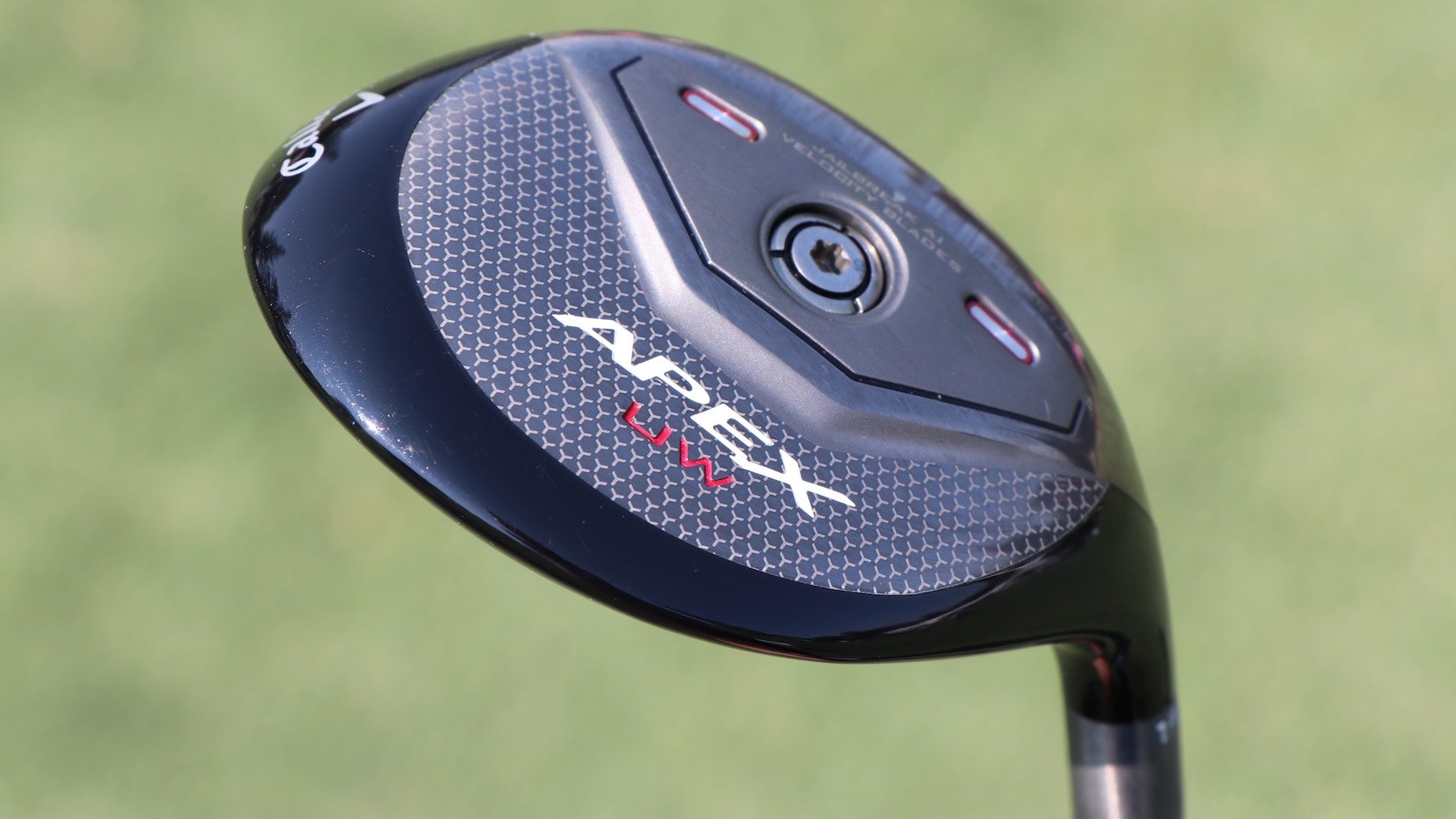
Callaway Apex UW
“There are no hot spots on the face which allows players to have tighter distance control on long par-3s or second shots into par-5s,” Davidson said. “The high launch, steeper landing angles, consistent spin characteristics are all things pros what to see in a club like this. Plus, we’ve seen a reduction in left misses which tend to sneak in with the 5-wood and hybrids. The usage from non-staffers over the last year validates the Tour-inspired new category.”
Simple changes
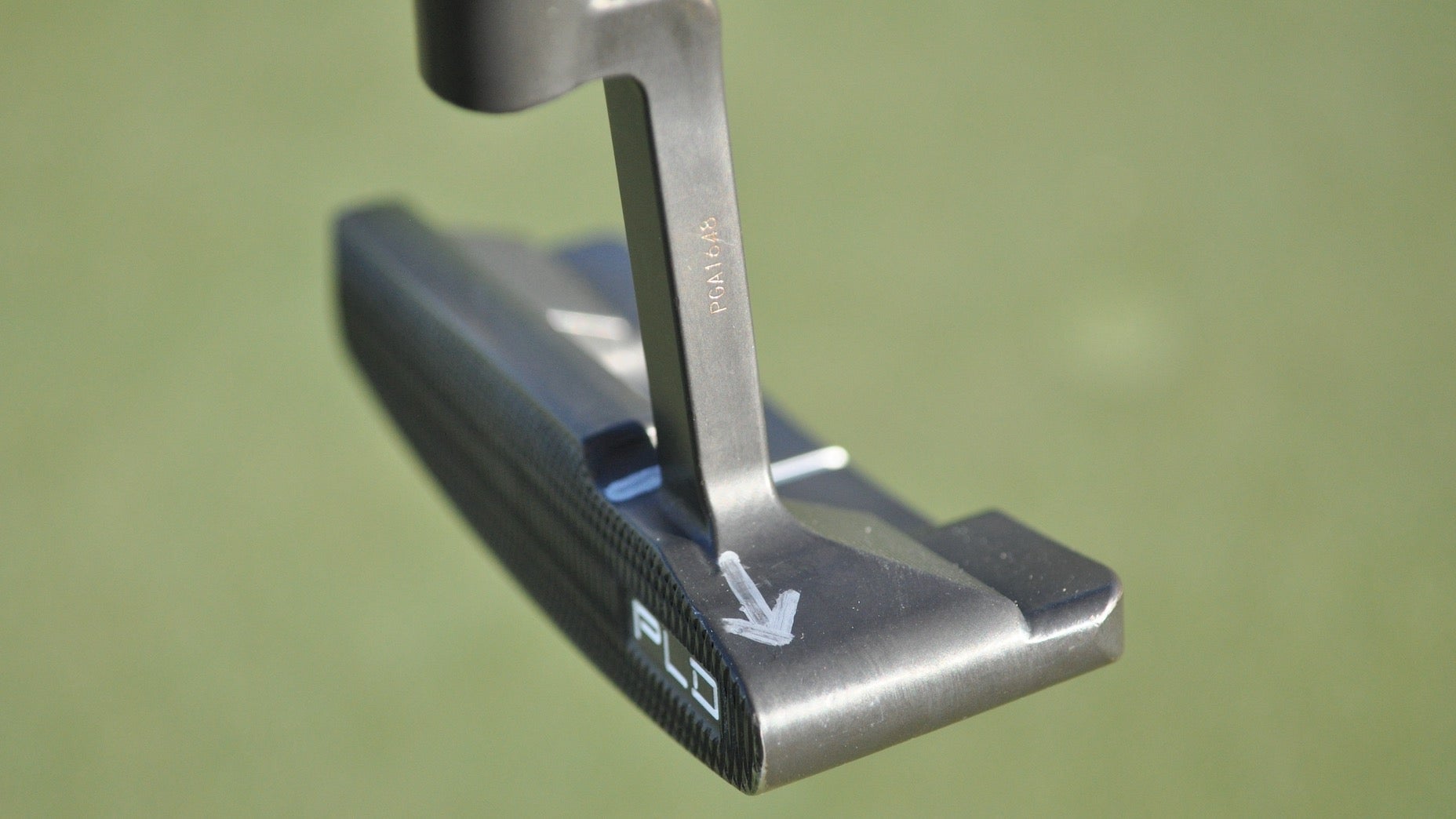
Ping released two different putter lines this season, but when it came time to pinpoint the biggest Tour trend, Ping Tour rep Dylan Goodwin offered a contrarian take.
“I’ve seen a lot of guys tinker with alignment aids or a lack of them,” said Goodwin. “I haven’t seen too many guys go away from their current model. It’s more, how can I improve my performance with something else on the putter — be it a sight dot or line.”
Tony Finau is one of those players who chose to stick with his Ping Anser 2D and make several alignment modifications, including a silver arrow to help with face angle consistency, and a milled line in the recessed area of the topline to ensure his hands and eyes are in the proper position at address. As Finau can attest, keeping it simple can often produce the most impactful results.
More mallets
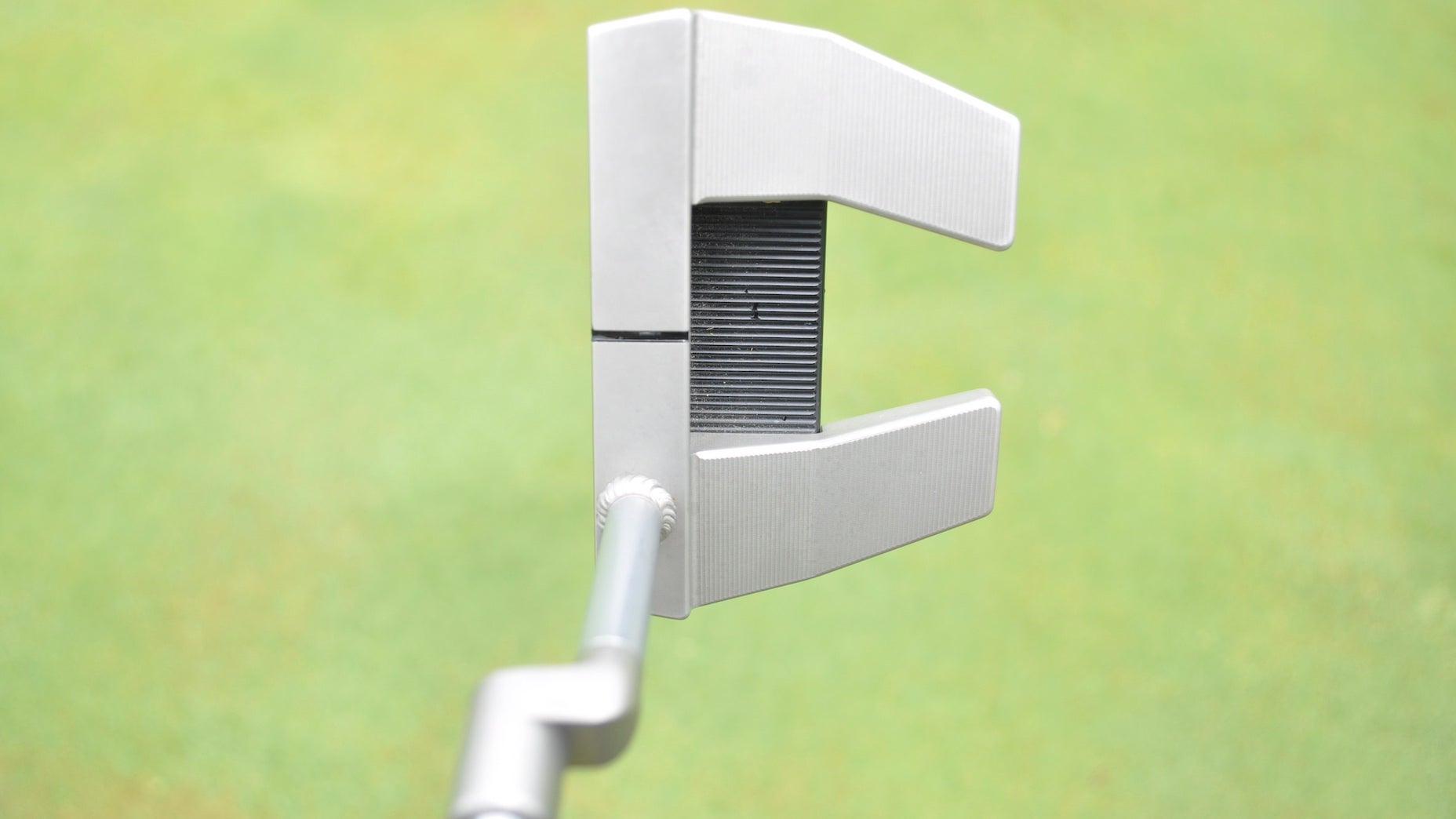
The pyramid of influence is alive and well on the PGA Tour. When a pro wins with a new putter or driver, it’s common for his peers to start inquiring if they can have a similar build to test. You never know when the next magic bullet might surface.
In Scotty Cameron’s case, Justin Thomas’ success with a Phantom X 5 Knuckle turned out to be a boon for mallets offering a specific type of performance.
“We’ve definitely seen an increase in mallet usage,” said Scotty Cameron Tour rep Drew Page. “It can be directly tied to Scotty’s release of the new Phantom 7.2 design, but it also starts at the top with the pyramid of influence. When you see guys like Justin Thomas winning the PGA with that Phantom 5 Knuckle — you’re seeing guys try to get the look of a blade with the forgiveness of a mallet. That’s what Phantom 5 and 7 have really done. Blades are still a popular request, but when you see guys winning with mallets, it makes their peers wonder what that putter could do for them. Right now it’s a lot of mallets out here.”
In addition to Cameron, other putter manufacturers have continued to see an uptick in mallet usage as well. And for those who don’t want to get out of a blade shape, wide-body blades, such as Ping’s Anser 2D and Odyssey’s Tri Hot 5K Double and Triple Wide, deliver mallet-like performance in a shape that isn’t all that different from a traditional blade profile.
Want to overhaul your bag for 2022? Find a fitting location near you at GOLF’s affiliate company True Spec Golf. For more on the latest gear news and information, check out our latest Fully Equipped podcast below.



